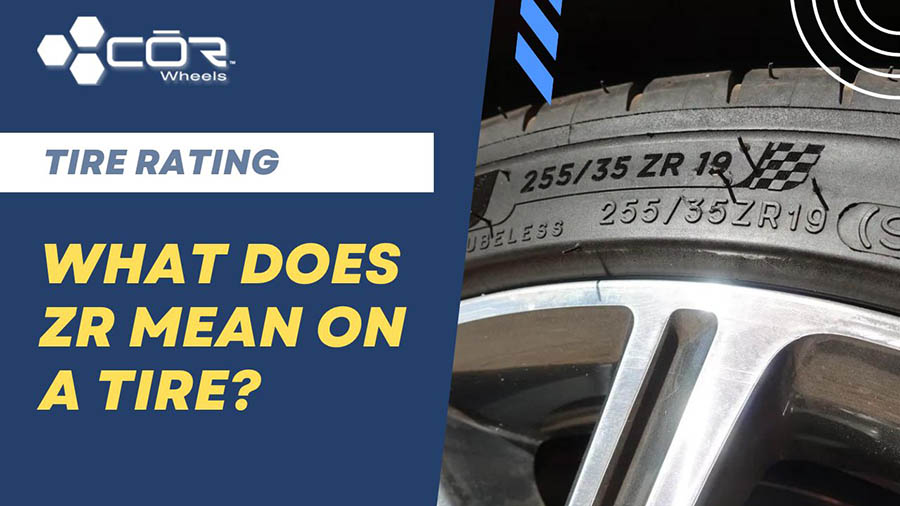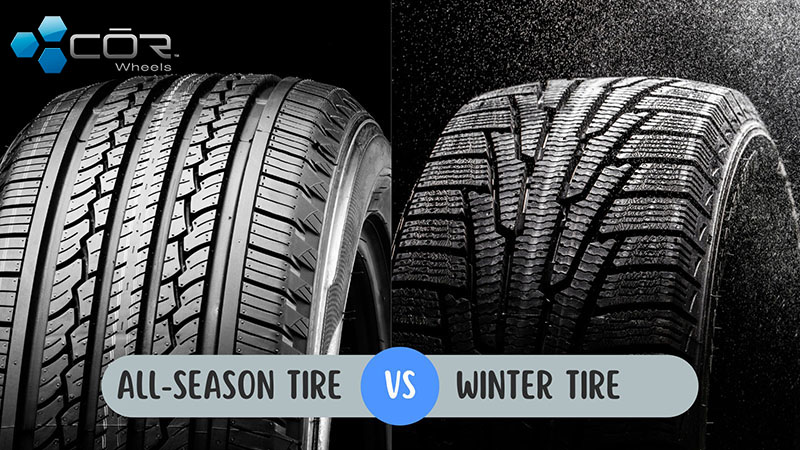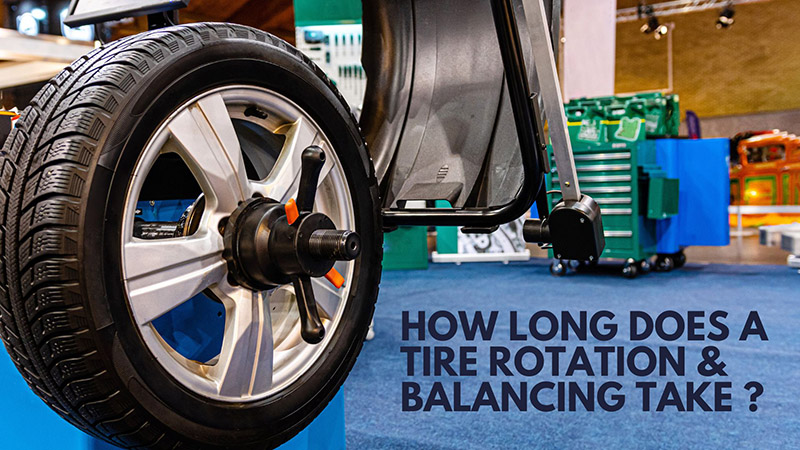Only inexperienced drivers would assume their automobile tires will last forever without technical issues. Even regular maintenance cannot be a 100% seal against damage and harm, which is why huge bubbles in tire sidewall tend to pop up over some time!
So what causes these bubbles, and are there tips to fix them? Keep scrolling through our inclusive guide for more insights on bubbles on the side of tires.
In this article:
What Causes A Bulge in Tire Sidewall? How to Check
1. Reasons Behind Small Bulges In Tire Sidewall
a. Tire Pressure

Sure, every average driver knows about the critical importance of tire pressure to a car’s performance – but that doesn’t mean they all remember it!
In most cases, major tire bulges point to less-than-ideal tire pressure that has persisted for weeks or even months. More specifically, when traveling with extremely low air circulation, the tires will calve under road contact, causing tiny bubbles to litter all over the surface.
Thankfully, the solution to this dilemma is straightforward. Inspect the tires often with pressure-checking tools (like a gauge). Inflate them whenever they do not reach the required pressure benchmark, and that will be more than enough to protect your car from bumps on tires.
b. Road Conditions and Speed Bumps

Problematic driving habits and road conditions are other extremely popular causes behind tire bubbles. In the face of road debris, speed bumps, curbs, potholes, construction areas – and worse, small collisions – risks of flat tires are always on the horizon.
Remember to drive very cautiously while keeping your eyes on busy roads, railroad crossings, and hidden potholes.
Plus, do not forget the sidewalls have numerous contact points with your cornering forces (or when approaching/hitting a curb), bearing most of the pressure for your tire build. Hence, steering as slowly as possible during these critical moments will be the best bet to slow your tire’s deterioration.
2. How Should You Check Tire Bulges?
Thankfully, sidewall bubbles are quite easy to identify; after all, the sidewalls are outer parts, visible and exposed to the naked eye. As they scrape along the curbs or get hit by vandals, you can easily recognize damage signals without getting down to the ground.
The trickier issue is the inner sidewall – which, as its name suggests, is hidden inside and not so easy to observe. To get down to it, using a car jack is highly recommended.
Sometimes, experts recommend laying flat on the floor to feel your hands alongside this sidewall for scratches and damage; however, such endeavors are not always possible for most cars due to a lack of space. You might have more luck with trucks or SUVs.
Can A Tire Bulge Be Fixed?

Sadly, no; there’s no way to fix them permanently, as these bubbles will keep flexing while driving and never stay on their spot. Not to mention, tire bulges often indicate hidden, more severe structural damage that mere patches and plugs cannot mend. Ignoring them means you should brace yourself for tire failure at ANY time without warning.
So what to do, then? The only choice left is to replace that tire completely. If you cannot afford a quick visit to tire retailers, at least install spare tires until replacements are feasible.
During tire replacements, remember some extra tips:
- Mark the bubble areas (when your tires are deflated, they will deflate, too).
- Inspect bead areas for abrasions or cuts.
- Check the inner liners for bruises or cuts. Technicians might have to press them inwards to identify any break within.
And how much do you have to pay?
Replacement costs fluctuate from $150 to $600 for just one tire. However, the final estimation might change based on your warranty’s time frame. Does it last for four years? Six years? Or until your tire treads are completely gone? Do your research carefully.
Note that if the bubbles stem from manufacturing defects (in short: not your fault), most manufacturers will offer to replace the tires at zero cost.
How to Prevent Tire Sidewall Bulges In The Future?
Note down these three golden rules, and you will always be safe!
- Always keep an eye on your tire with regular checks and maintenance: tread inspections, tire rotations, PSI level readings, etc. This can save you hundreds of dollars on fixing bulges.
- Bring spare tires with you. Who knows when these issues will occur?
- Stay away from potholes and drive/park extremely carefully.
Is A Tire Sidewall Bulge Safe to Drive? What Will Happen If I Ignore It

If the bulge only scuffs lightly on your sidewall’s surface, experts deem it safe to drive long distances.
However, once the scratches enter the tire’s carcass, dangers are at play! Without tire replacements, your car will blow and burst on the road, causing serious accidents.
Can Bulges Occur On The Tire Tread, Too?
Yes.
And what causes bulges in tire treads? As sidewall bubbles do not receive any temporary patch and treatment, they continue to spread further down the tire treads, forming bumps there.
FAQs
How Long Can A Tire With Bubbles Last?
Zero. Yes, zero! Professionals urge drivers to take their cars to repair services IMMEDIATELY.
Can Tire Bulges Disappear On Their Own?
Obviously, no. You have to replace your tires.
Conclusion
Causes and solutions to sidewall indentations have been thoroughly discussed. While quick fixes and patches are acceptable, remember that there are no permanent solutions for these bubbles – except for 100% tire replacement. Do so as soon as possible to keep yourself away from accidents!
See more:








